- Products
- Pressure Reducing Regulators
- Back Pressure Regulators
- Tank Blanketing Valves
- Temperature Regulators
- Industrial Control Valves
- Wafer Style Control Valves
- JCVS Industrial Control Valves
- Globe Style/Cage Guided Control Valves
- Mixing/Diverting Control Valves
- Motor Operated Control Valves
- Valve Positioners & Accessories
- Applications
- Resources
- Find a Sales Rep
- Brands
How to Choose the Right Natural Gas Regulators for Your Home Needs
When it comes to ensuring the safety and efficiency of your home’s natural gas system, choosing the right Natural Gas Regulators is crucial. According to the American Gas Association, approximately 60 million American households rely on natural gas for heating, cooking, and water heating, making proper regulation of gas flow paramount. Natural gas regulators serve to maintain steady gas pressure, thereby preventing fluctuations that could lead to appliance malfunctions or safety risks. A report by the U.S. Energy Information Administration indicates that an estimated 60% of residential energy consumption comes from natural gas, emphasizing the importance of optimizing its delivery. In this context, selecting the appropriate Natural Gas Regulators tailored to your specific home needs can enhance both performance and safety while improving energy efficiency, making it an essential consideration for homeowners.
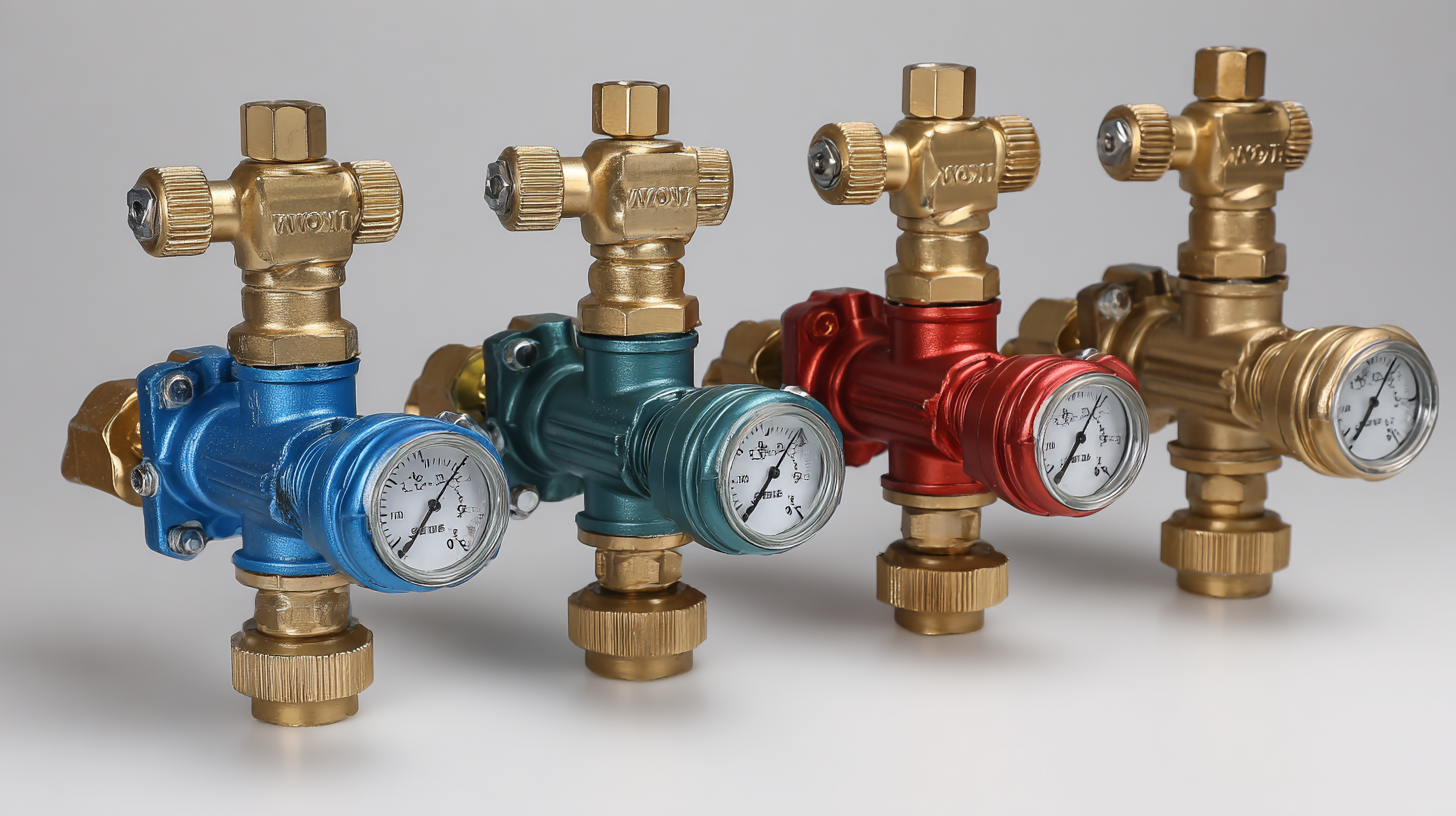
Factors to Consider When Selecting Natural Gas Regulators for Home Use
When selecting natural gas regulators for home use, it's essential to consider several key factors that can directly impact both safety and efficiency. Firstly, the capacity of the regulator is crucial; it must match the flow rate required for your appliances to ensure proper operation. Regulators come in various sizes and pressures, so understanding your household's needs will help you select the right one. Additionally, consider the location of the regulator within your home. Exposure to extreme temperatures or moisture can affect its performance, which highlights the importance of a suitable installation site.
Another critical aspect to consider is the potential environmental impact associated with your choice. Recent reports have highlighted concerns about methane emissions from residential natural gas meter set assemblies, underscoring the need for efficient and environmentally friendly options. Choosing high-quality regulators that minimize leaks can contribute to reduced emissions and improved indoor air quality, aligning with growing consumer demands for sustainability. Furthermore, as household energy efficiency becomes increasingly important in light of climate change and energy crises, selecting the right natural gas regulator can play a pivotal role in managing energy consumption effectively while ensuring a safe living environment.
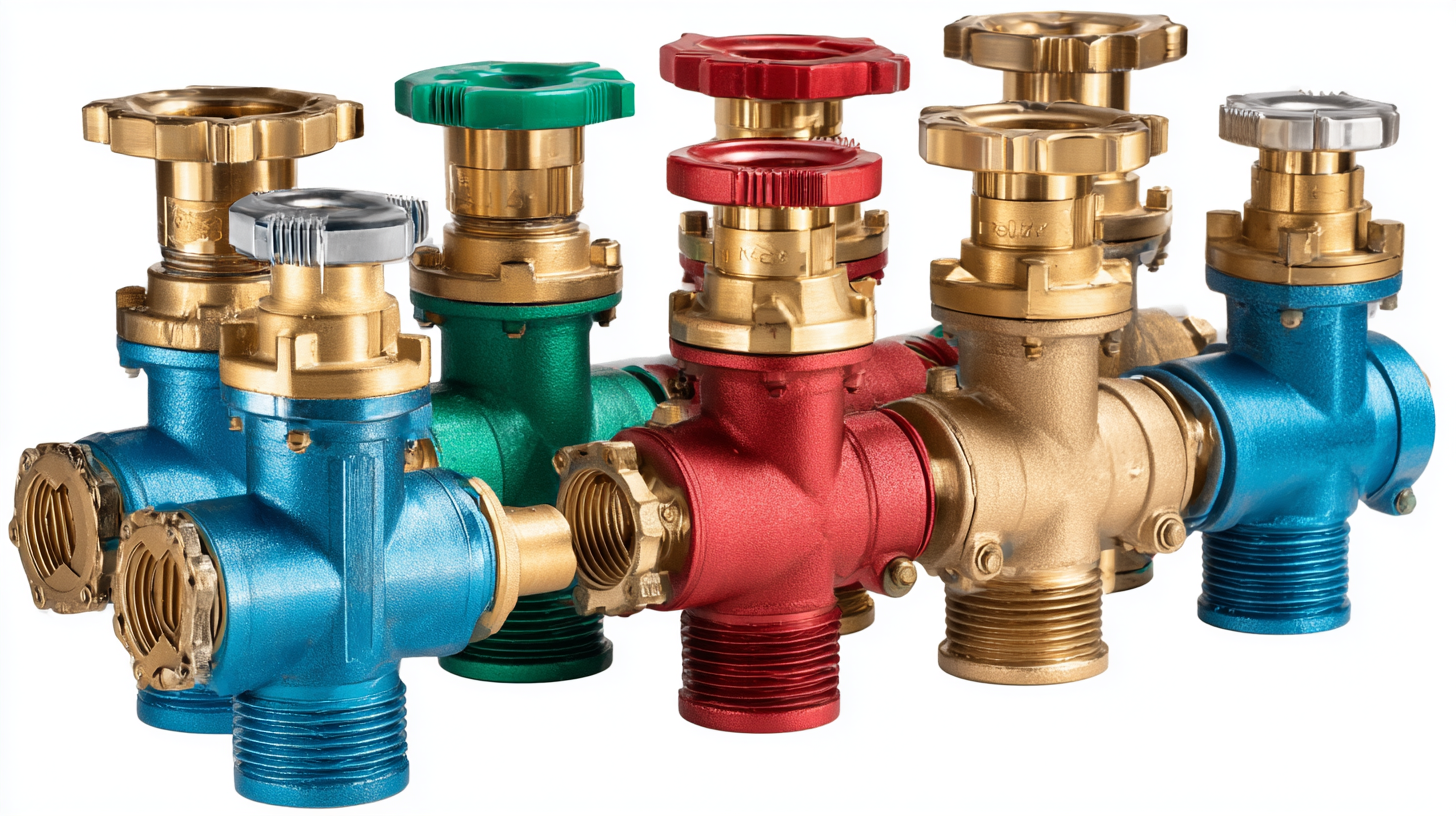
Understanding the Different Types of Natural Gas Regulators Available
When selecting natural gas regulators for your home, it's essential to understand the different types available. Natural gas regulators can primarily be categorized into two main types: single-stage and double-stage regulators. Single-stage regulators are designed to reduce the pressure from the gas supply line to a level suitable for household appliances in one step. They are generally used in applications where the inlet pressure is relatively stable and does not vary significantly.
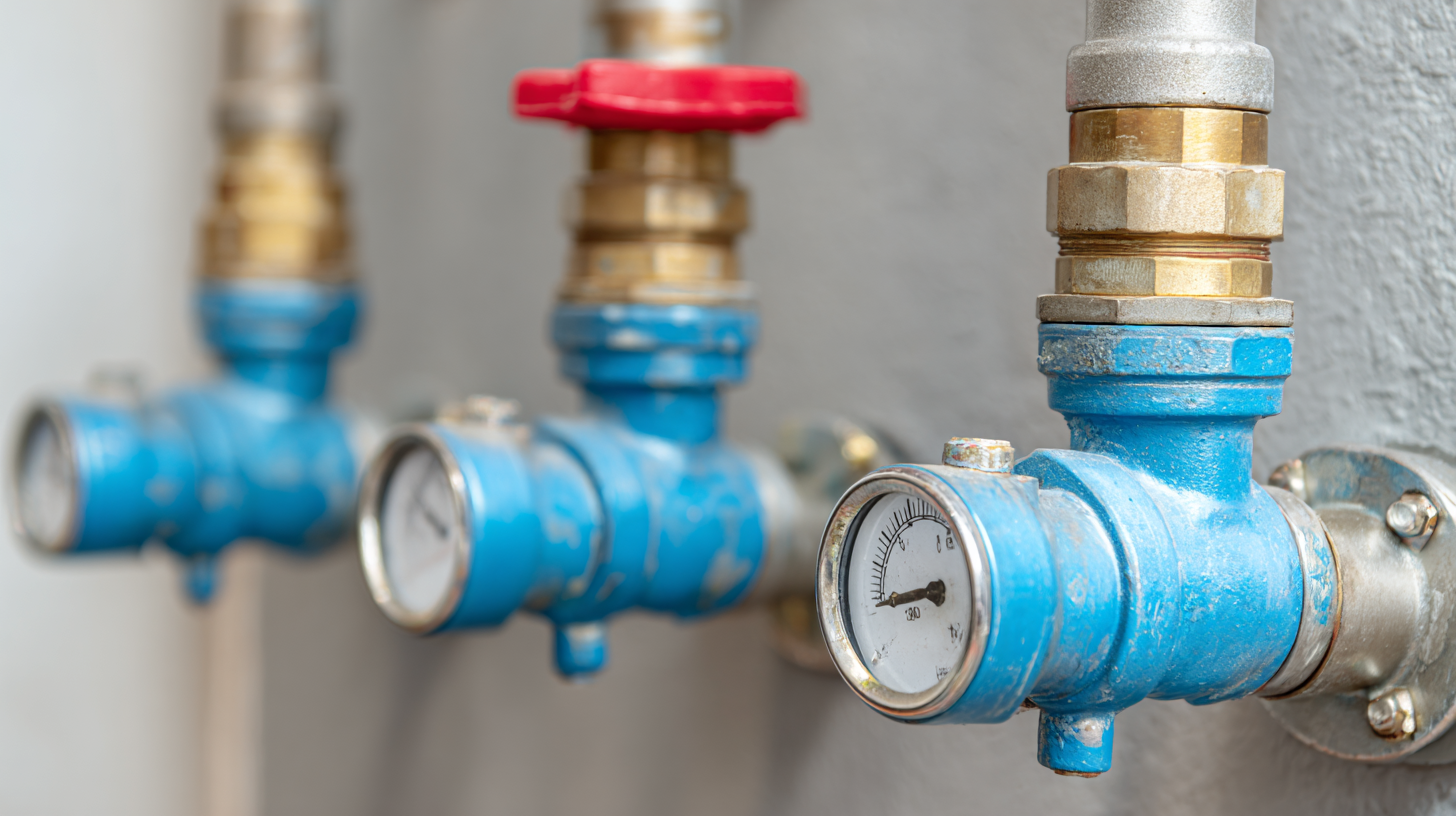
On the other hand, double-stage regulators provide a more precise control of gas pressure by reducing it through two distinct stages. This type is ideal for areas with fluctuating gas pressures or for systems that require a constant pressure for efficient operation. Additionally, there are different sizes and capacities of regulators to consider, ensuring that the selected model can handle the specific gas flow requirements of your appliances. Understanding these differences is crucial in choosing a regulator that meets both safety standards and your home’s energy needs effectively.
Assessing Your Home's Natural Gas Demand for Proper Regulator Sizing
When choosing the right natural gas regulators for your home, it is crucial to first assess your home's natural gas demand. This assessment ensures that the regulator you select is appropriately sized to meet your household's requirements. Factors such as the number of gas appliances, their severity of use, and the expected peak demand times should all play a role in your evaluation. By carefully analyzing these elements, you can prevent issues related to insufficient gas flow or overcapacity, which could lead to safety hazards or inefficient operation.
In addition to assessing your demand, consider the broader context of energy efficiency in your home. Adopting smarter energy practices can complement your choice of a natural gas regulator. There are emerging solutions, such as electric boilers and heat pumps, that provide alternative options for heating and energy management. By integrating sustainable practices and evaluating the efficiency of your appliances, you can create a balanced energy system that meets your needs while minimizing costs and environmental impact. This holistic approach is becoming increasingly important as consumers prioritize sustainability in their purchasing decisions.
Key Safety Features to Look for in Home Natural Gas Regulators
When selecting natural gas regulators for your home, safety should be your top priority. Look for models equipped with overpressure protection, which acts as a safeguard against excessive pressure that could lead to hazardous situations. This feature shuts off the gas flow when it exceeds a certain threshold, ensuring that your home remains safe from leaks or explosions.
Another essential safety aspect is the presence of a manual shut-off valve. This allows homeowners to easily cut off the gas supply during maintenance or emergencies, promoting a quick and stress-free response to potential gas-related issues. Additionally, consider regulators with built-in safety indicators or alarms, which notify you of irregularities in gas pressure or flow, allowing for immediate action to rectify any problems.
By prioritizing these key safety features, you can ensure that your home remains a safe and comfortable environment.
Comparing Prices and Energy Efficiency Ratings of Natural Gas Regulators
When selecting the right natural gas regulator for your home, it's crucial to compare prices and energy efficiency ratings to ensure optimal performance and cost savings. According to a report by the American Gas Association, the efficiency of a natural gas regulator can significantly impact your overall energy consumption. Regulators that feature advanced technology, such as digital pressure gauges and self-adjusting mechanisms, can improve efficiency ratings by up to 15%. This not only translates to lower energy bills but also reduced environmental impact.
Price is another essential factor. A study conducted by the Energy Information Administration revealed that the average cost of high-efficiency natural gas regulators ranges from $100 to $300. While initial costs may be higher, investing in a more efficient model is often cost-effective in the long run, as it reduces annual gas expenses. It's advisable to analyze local market prices and consider rebates or incentives offered by utility companies, which can further offset costs. By focusing on both efficiency ratings and the price of natural gas regulators, homeowners can make informed choices that ultimately enhance their home’s energy efficiency and comfort.
Related Posts
-
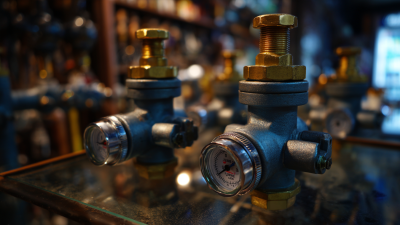
Navigating Import and Export Certifications for the Best Gas Regulators in the Market
-
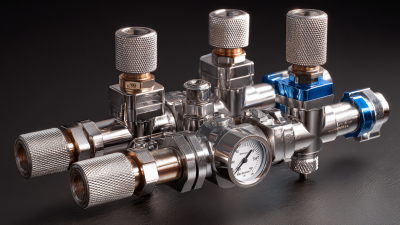
Identifying Common Issues with Gas Regulators: Ensuring Safety and Efficiency in Your System
-
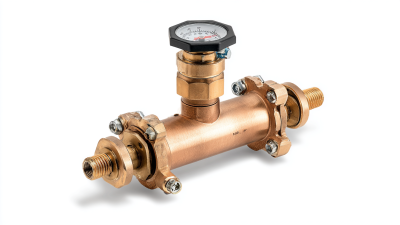
5 Essential Tips for Choosing Your Water Pressure Regulator Valve
-

Understanding the Essential Role of Pressure Regulator Valves in Industrial Applications
-

10 Reasons Pressure Regulator Valve is Essential for Industrial Applications
-

Future Trends in Best Flow Valve Market Analysis for 2025 Industry Outlook
